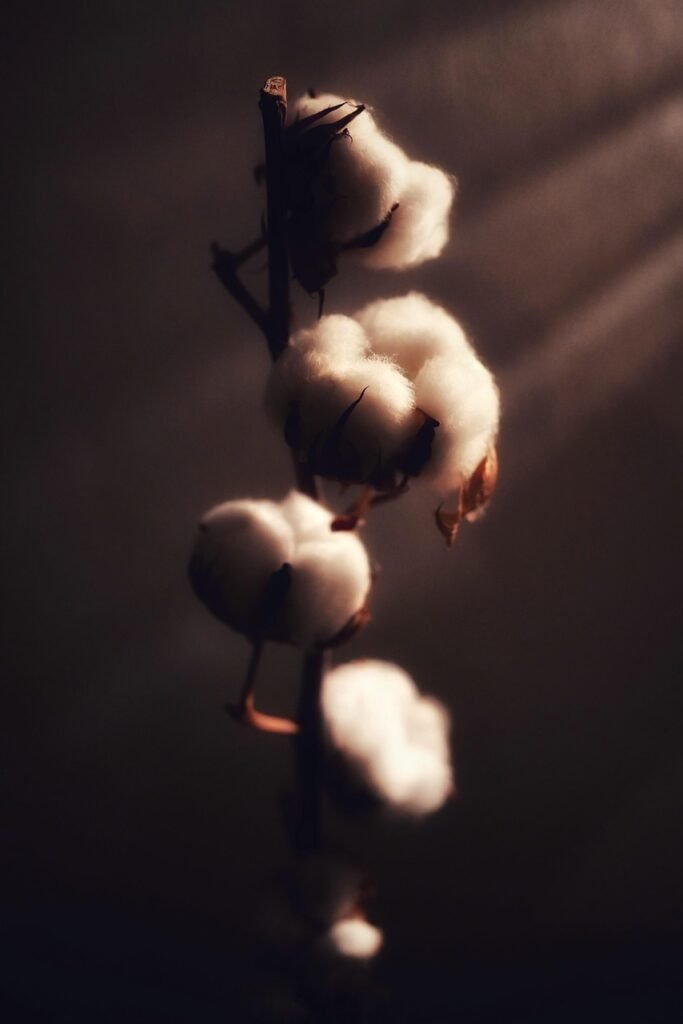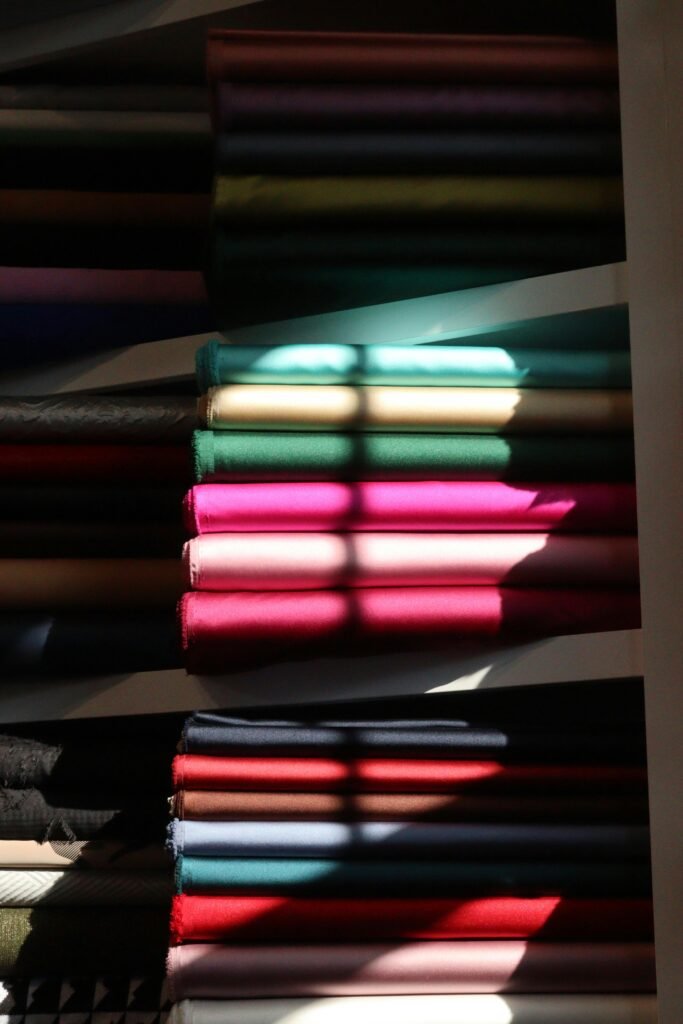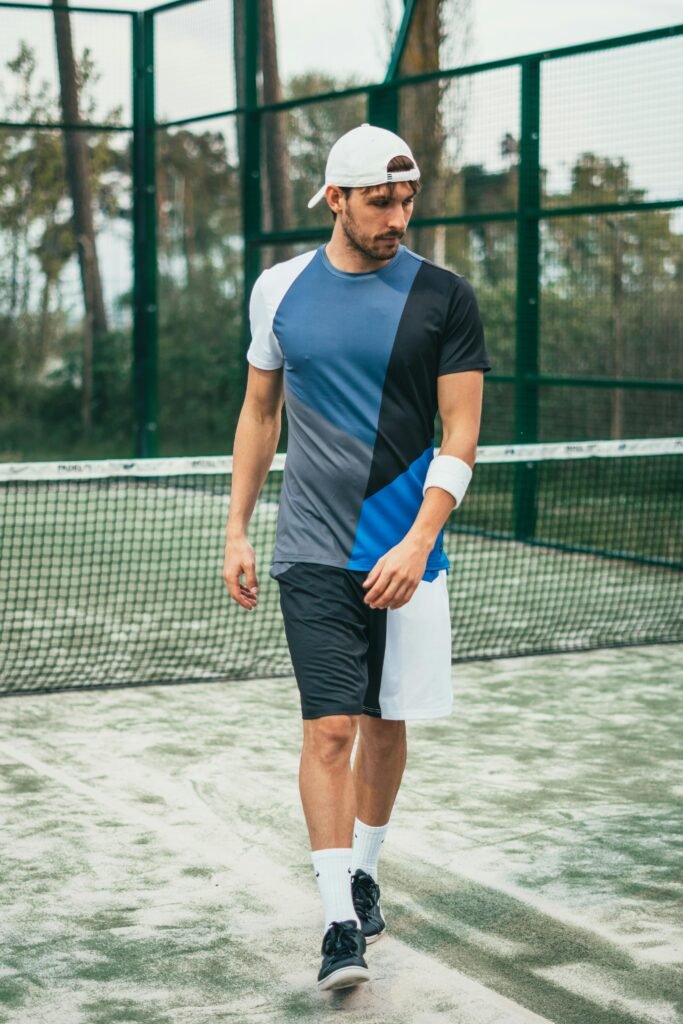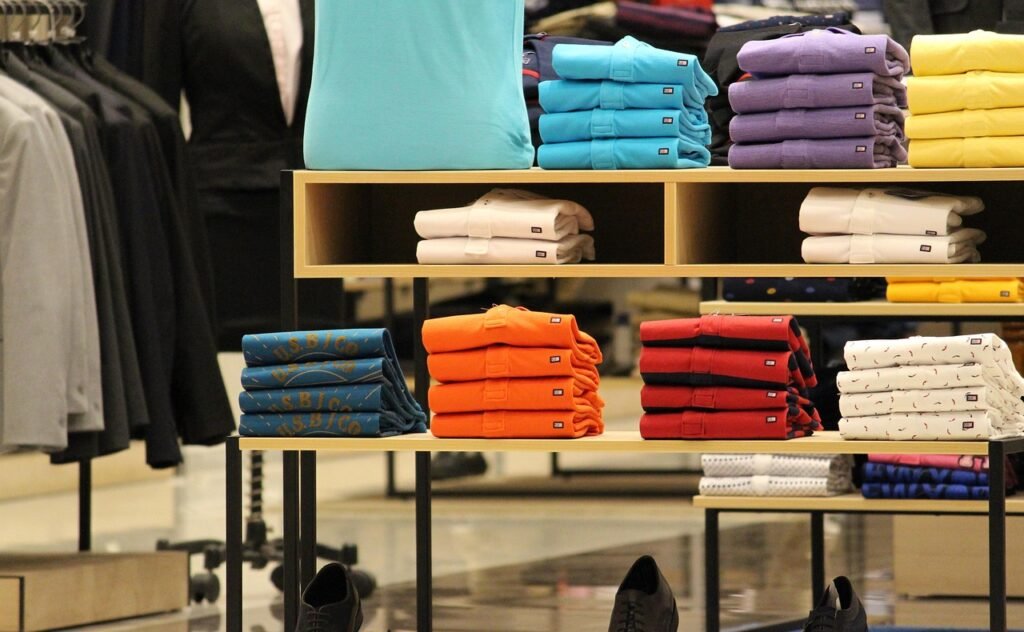🧵 Introduction: The Fabric Dilemma
When launching a clothing line or sourcing materials for mass production, one of the most common questions is: Should I choose cotton or polyester? Both fabrics are staples in the fashion industry, widely used across t-shirts, polos, activewear, uniforms, and more.
But while they may look similar at first glance, cotton and polyester offer vastly different benefits, drawbacks, and applications. In this article, we’ll break down how these two materials compare in key areas—so you can make the right choice for your products and your customers.
🌿 Cotton: The Natural Fiber
Cotton is a soft, breathable natural fiber derived from the cotton plant. It’s one of the oldest fabrics used by humans and remains a top choice for casualwear and comfort-based garments.
Key Benefits of Cotton:
- Softness & Comfort: Cotton feels gentle on the skin and is highly breathable, making it ideal for hot weather.
- Hypoallergenic: Natural cotton rarely irritates sensitive skin.
- Good for Printing: It holds dye well and is excellent for screen-printing designs or logos.
Downsides of Cotton:
Slower to Dry: Absorbs moisture and takes longer to dry than polyester.
Wrinkles Easily: Cotton creases more than synthetic fabrics.
Shrinkage Risk: It may shrink after washing, especially if not pre-treated.

Did you know? Organic cotton uses fewer chemicals and less water during production, making it more eco-friendly—but usually more expensive.
🔬 Polyester: The Modern Synthetic
Polyester is a man-made fiber created through chemical reactions involving petroleum byproducts. It was first introduced in the 20th century and quickly became popular in sportswear, uniforms, and industrial clothing.

Key Benefits of Polyester:
- Durability: Resistant to tears, stretching, and abrasion. It lasts longer in activewear.
- Moisture-Wicking: Modern polyester is engineered to pull sweat away from the body, keeping wearers dry.
- Shape Retention: Doesn’t wrinkle or shrink easily—great for low-maintenance garments.
Downsides of Polyester:
May Feel Synthetic: Can lack the natural softness of cotton, though blended versions exist.
Less Breathable: Without mesh or moisture-wicking design, it can trap heat.
Less Eco-Friendly: Made from fossil fuels and not biodegradable (unless recycled).
📊 Cotton vs Polyester: Feature Comparison Table
| Feature | Cotton | Polyester |
|---|---|---|
| Fiber Source | Natural (cotton plant) | Synthetic (petroleum-based) |
| Softness & Comfort | Very soft | Smooth, but less natural feel |
| Breathability | Excellent | Moderate (unless moisture-wicking) |
| Moisture Management | Absorbs sweat | Wicks moisture |
| Durability | Moderate | High |
| Wrinkle Resistance | Low | High |
| Shrinkage | May shrink | Holds shape well |
| Printability | Excellent | Moderate (best with sublimation) |
| Drying Time | Slow | Fast |
| Eco-Friendliness | Higher (esp. organic) | Lower (unless recycled polyester) |
| Cost (Per Kg) | Usually higher | Usually lower |
👕 Which Fabric Is Best for Each Garment Type?
Different clothing items have different requirements. Here’s a breakdown by category:



- T-Shirts
- Cotton: Ideal for comfort, breathability, and softness.
- Polyester: Better for sports or promotional wear needing durability.
- Blends (e.g. 60/40): Combine softness with better shape retention.
- Polo Shirts
- Polyester: Common in uniforms for wrinkle resistance.
- Cotton: Preferred for luxury or leisure polos.
- Activewear / Sportswear
- Polyester: Best for moisture-wicking, stretch, and quick drying.
- Cotton: Not ideal—it absorbs sweat and gets heavy.
- Loungewear / Casualwear
- Cotton: Superior comfort makes it the top choice.
- Blended fleece: Combines softness and durability.
- Workwear / Uniforms
- Polyester or Blends: Stand up to repeated washing and tough use.
🌍 Sustainability: Cotton vs Recycled Polyester
Sustainability has become a major driver in fabric selection. Both cotton and polyester have environmental concerns—but there are better alternatives.
- Organic Cotton: Grown without pesticides, uses less water, and promotes soil health.
- Recycled Polyester (rPET): Made from post-consumer PET bottles, it reduces landfill waste and carbon emissions.
| Sustainability Option | Pros | Common Use |
|---|---|---|
| Organic Cotton | Less water, no pesticides | Babywear, premium t-shirts |
| Recycled Polyester (rPET) | Reduces plastic waste | Sportswear, backpacks |
| BCI Cotton | Better Cotton Initiative, traceable | Mass-market apparel |
✅ Tip for buyers: Ask your supplier whether they offer GRS, OEKO-TEX, or BCI certified fabric.
🤝 How to Choose the Right Fabric for Your Brand?
When sourcing for your brand, consider:
- End Use: Will the garment be used for sports, comfort, or fashion?
- Customer Preferences: Are your buyers environmentally conscious?
- Price Point: Polyester is more budget-friendly; cotton may cost more.
- Brand Image: Organic or recycled fabrics elevate brand perception.
- Production Volume: Polyester performs better for bulk production and uniformity.
For many businesses, the best option may be a cotton-polyester blend—offering a balance of comfort, cost, and functionality.

📦 Conclusion: The Verdict?
There’s no absolute “better” between cotton and polyester—it depends on your needs.
| If You Want… | Choose… |
|---|---|
| Natural feel & comfort | Cotton |
| Moisture-wicking durability | Polyester |
| Eco-conscious branding | Organic or rPET |
| Cost-effective mass use | Polyester or blends |
| Luxury feel for premium line | Combed cotton |
📌 Ready to Source?
We offer:
- 100% Cotton (combed, organic, slub, jersey)
- 100% Polyester (mesh, pique, tricot)
- Cotton-Polyester Blends (40/60, 50/50, 65/35)
- Recycled Polyester & Eco Blends (GRS certified)
📩 Contact us for swatches, lab test data, or a custom fabric quote tailored to your production needs.


![[JuncoSports]Where to Find Affordable Wholesale Fabric Materials Without Sacrificing Quality](https://materials.juncosports.com/wp-content/uploads/2025/07/image-6.jpg)